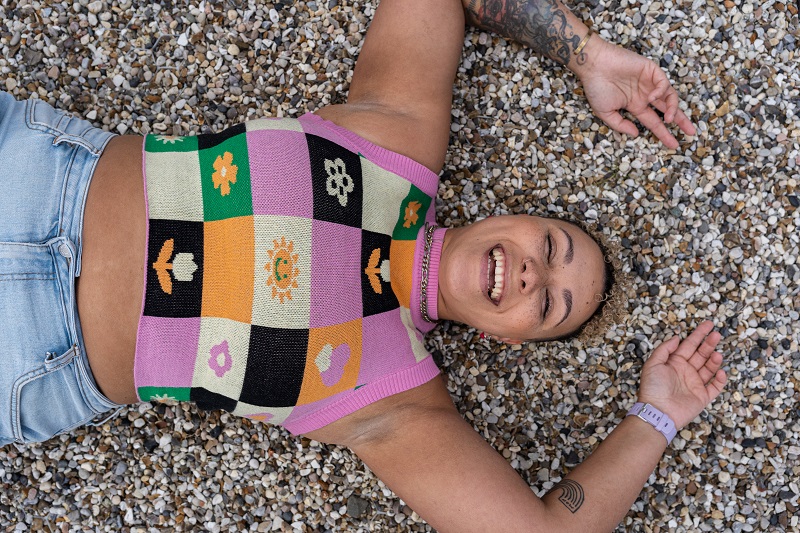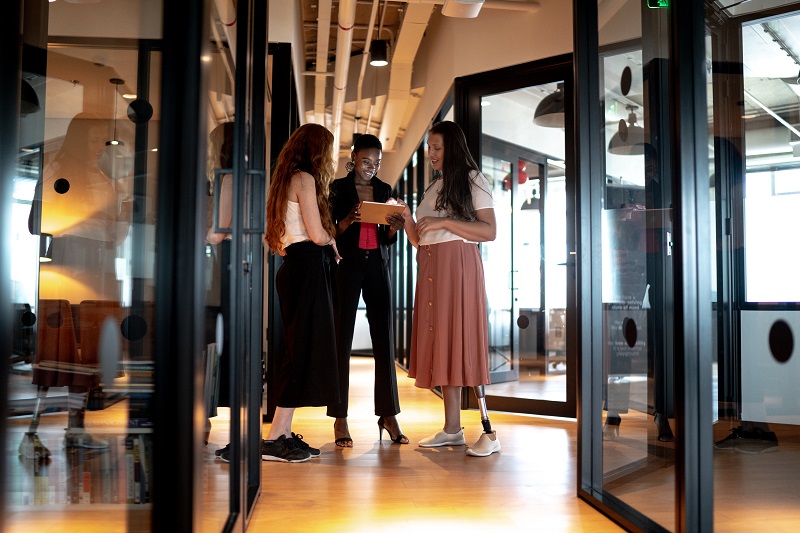Are businesses making their visual communications inclusive enough during the pandemic? According to data from image provider iStock, they are reinforcing gender stereotypes in their chosen images.
Why aren’t visual communications inclusive enough?
The brand’s most downloaded images during the past year included images of mothers homeschooling children. These were downloaded three times more than visuals of fathers homeschooling children. Images of women “juggling” homeschooling with work were downloaded 1.5 times more than visuals of men doing the same.
Perhaps the most striking finding is their top-selling image of 2020, which featured a man working on a laptop next to a woman helping a child with homework.
The download data shows how women are increasingly depicted as domestic caregivers during the pandemic by businesses, where the most downloaded images around working from home “featured mothers doing domestic chores or childcare,” which “are depicted two times more than fathers.”
With women disproportionately affected by COVID-19, with many made redundant or furloughed in its worst-hit sectors, and others leaving the workforce due to the pressures of remote working, childcare, and homeschooling, reinforcing gender stereotypes in visual communications could hinder them more.
But how do women and men feel about their representation in business communications over this period? The data reveals that actually fewer men (6%) than women ( 9%) feel adequately represented in advertising.
Furthermore, only 7% of men and women consider themselves “well represented in communications from companies they do business with,” showing that businesses must carefully consider the images they choose or risk losing sales and engagement with customers.
However, the data also showed that when businesses used visuals to feature women working from home during COVID-19, they started to feature more diverse choices; 17% of downloaded images featured Black women, and 13% featured Asian women during this period.
However, using visuals with disabled women (0.4%), women over 50 (7%), and women with larger bodies (5%) were still unpopular among businesses and could account for the low levels of women feeling well represented in advertising and in the visual communications of the businesses they buy from.
Jacqueline Bourke, Director, Creative Insights, EMEA at iStock, said: “In recent years we have seen a move in the right direction when it comes to gender representation, and it has certainly been a topic of discussion during the pandemic; however, there is still an over-reliance on old stereotypes when depicting something that has only been visualised in the last 12 months.
“That our most downloaded visual stories of these scenarios disproportionately show women as primary caregivers in domestic or childcare roles tells us UK brands and businesses still have a long way to go in supporting gender equality in the workplace and at home.”
Making visuals more inclusive
Bourke gives some advice on how businesses can avoid harmful representation in their visual communications:
- Take steps to debunk gender stereotypes and choose visuals that represent the varied realities of people
- Consider whether the roles depicted in the imagery you choose are equally attributable to women and men
- Are you authentically representing the many different people that take on the role of caregiver?
- Is there an equal division of perceived “power”?
- Show real people living full lives as this will forge greater connections with your audience
- Are you using stereotypes to represent women of non-white ethnicities?
- Are you showing women over 50 as content, active, and fulfilled?
- Are you representing women with larger bodies? Shorter bodies? Women with physical disabilities?
- In visualising families be inclusive of the full spectrum of the population
- Are you representing all types of families, inclusive of LGBT+ families?
- Are you representing families with parents of a variety of ages?
- Have you considered including family members with disabilities?
- Are you selecting imagery that represents a range of cultures and settings?









